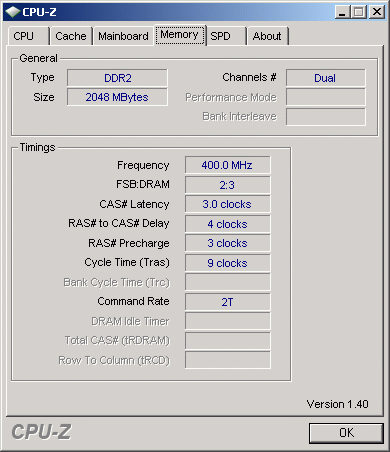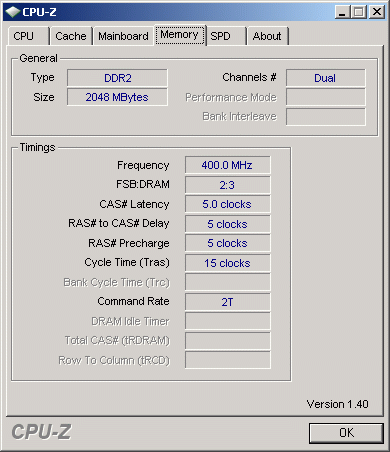The Power Saving Guide, Part 2
DDR2-800
DDR2-800 represents a 50% clock speed increase when compared to DDR2-533, which is reflected in the power requirements we measured. The test system required 148-189 W power with two DDR2-533 DIMMs, and adding two DIMMs meant an 8 W increase. According to the tests we did in part one of the power saving guide, we would expect an increase of approximately 4 W when upgrading from DDR2-533 to DDR2-800. Indeed, the power requirements at DDR2-800 dual channel now are between 151 and 193 W, which is very much the ~4 W we predicted.
All of this happened at default timings of CL5-5-5-15. As we increased the timings to the ideal setting of CL3-4-3-9 at DDR2-800 speed, we also had to increase the memory voltage from 1.8 V to 2.0 V. This had a measurable impact on the power requirements of up to 2 W. Again, 2 W is of little relevance to desktop PCs, so it makes sense to go after the memory with the quicker timings if the cost difference is acceptable.
Get Tom's Hardware's best news and in-depth reviews, straight to your inbox.

Patrick Schmid was the editor-in-chief for Tom's Hardware from 2005 to 2006. He wrote numerous articles on a wide range of hardware topics, including storage, CPUs, and system builds.

